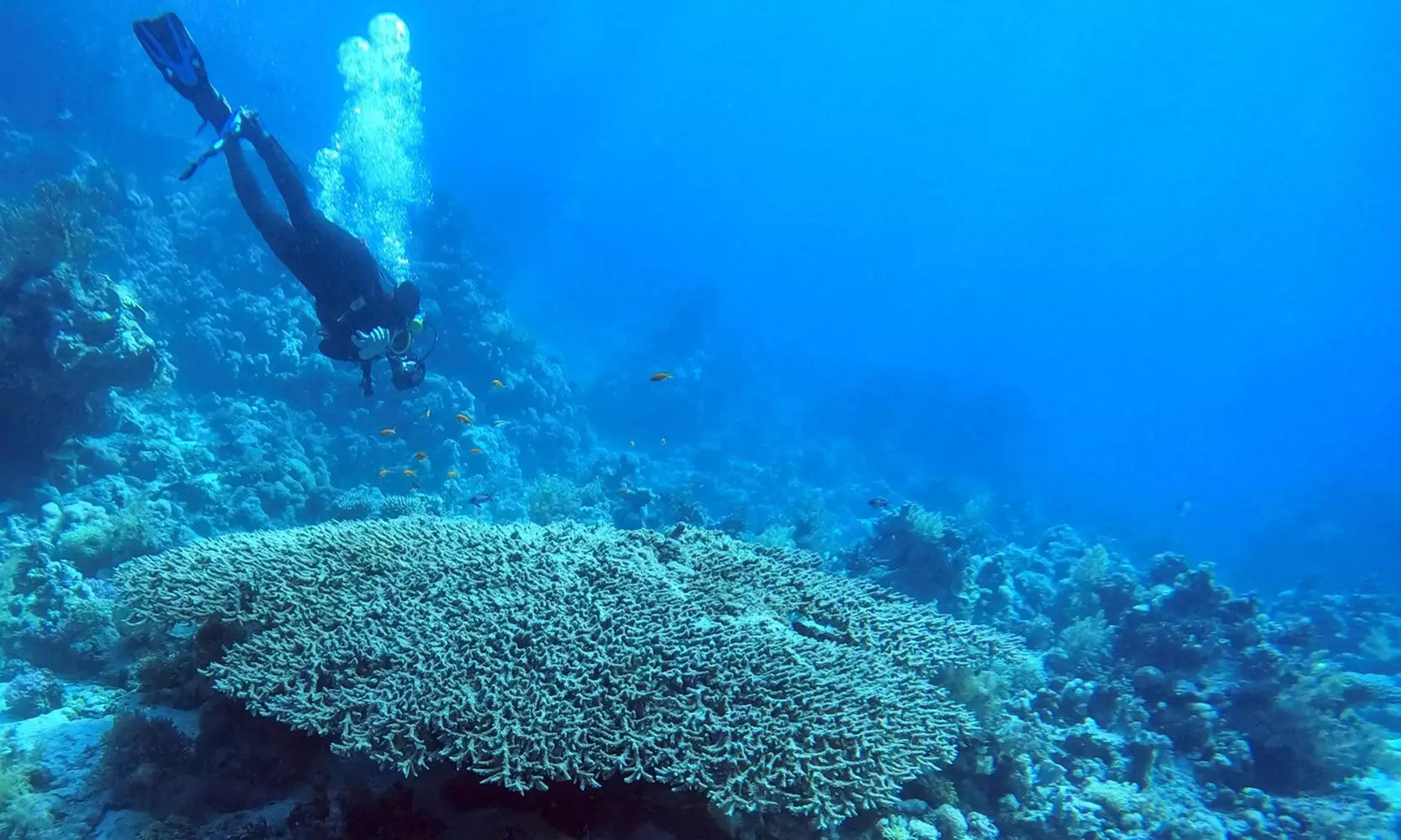The study of ancient ocean temperatures is crucial for understanding Earth’s climate history. By analyzing the isotopic composition of oxygen in calcium carbonate fossils, scientists can estimate past seawater temperatures. However, challenges arise due to biological processes known as “vital effects” that can skew the data. A recent study led by the University of Göttingen has demonstrated a new approach using a rare oxygen isotope to improve the accuracy of temperature reconstructions.
Calcium carbonate fossils, such as coral skeletons, retain information about past environmental conditions through the ratio of oxygen isotopes. Lighter oxygen-16 isotopes predominate in lower water temperatures, while heavier oxygen-18 isotopes are more abundant at higher temperatures. Nevertheless, vital effects in organisms like corals can complicate these measurements, leading to inaccurate temperature estimates.
The research team discovered that analyzing the rarely used oxygen-17 isotope can help correct for biological influences on oxygen isotope ratios in carbonates. By incorporating this third isotope into their analyses, they were able to distinguish between temperature-driven and biologically influenced isotopic compositions. This breakthrough paves the way for more precise reconstructions of ancient ocean temperatures.
The study utilized cutting-edge instrumentation, including tunable diode laser absorption spectroscopy, to measure the triple oxygen isotope composition in coral samples. The stable isotope laboratory at the Göttingen University is one of the few facilities in the world capable of performing such complex analyses. By studying coral skeletons, which have well-understood growth processes, the researchers were able to demonstrate the feasibility of this new approach.
Dr. David Bajnai, the lead researcher, expressed excitement about applying the triple oxygen isotope method to other organisms used in paleoclimate studies. This technique has the potential to unlock previously inaccessible datasets, enabling more accurate climate reconstructions over longer timescales. Professor Daniel Herwartz highlighted the significance of this method in elucidating vital effects, particularly the role of CO2 absorption in coral biomineralization processes.
The use of rare oxygen isotopes, specifically oxygen-17, represents a major advancement in the field of paleoclimatology. By refining our understanding of ancient ocean temperatures, researchers can gain valuable insights into Earth’s climate history and the processes that shape it. This innovative approach opens up new possibilities for more accurate and detailed reconstructions of past climates, ultimately enhancing our knowledge of the planet’s environmental evolution.


Leave a Reply